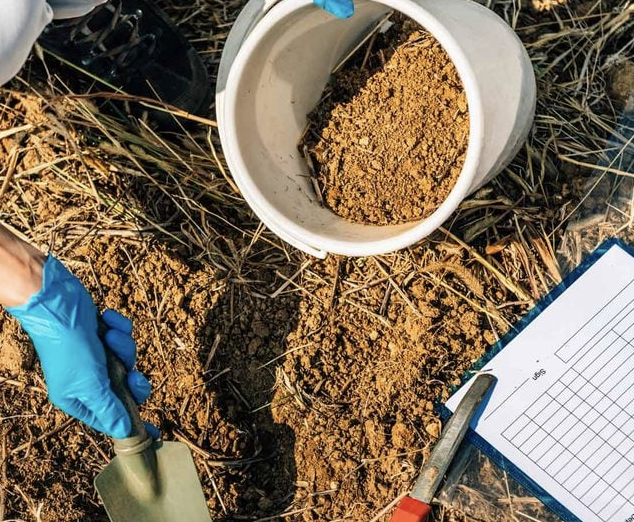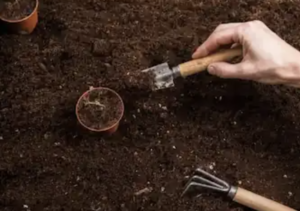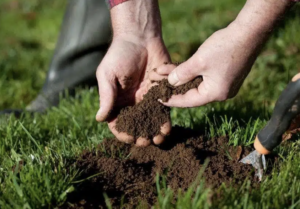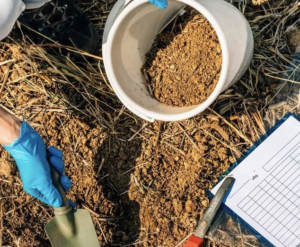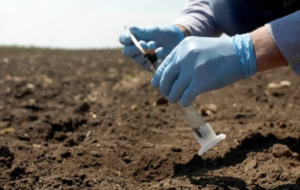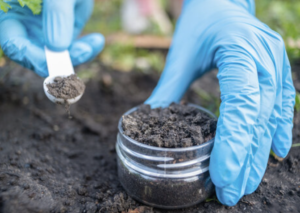How to Know When Your Soil Needs Testing (Guide for Farmers and Gardeners)
I think of soil testing like a check-up. When I do it on time, everything else gets easier: seeds emerge better, fertilizers work harder, and problems stop surprising me. Here’s a clear, field-ready guide you can follow in a busy season.
Spot the Warning Signs Early
When soil is “talking,” it usually whispers first. If you catch these signs, a test can save a season:
- Slow or uneven growth1 across rows or beds (same seed, same water, different results).
- Yellowing leaves2 (chlorosis), especially between veins—often pH or micronutrient related.
- Poor flowering or fruit set even with decent foliage.
- Crusty surface or water pooling after irrigation/rain (structure, salts, or compaction).
- Salt burn at leaf tips (salinity) or stunted roots after heavy fertilizer use.
- Weeds loving life while your crop struggles (pH or fertility favors the weeds).
- History flags: new property, recent construction/topsoil removal, flood/drought, or heavy manure history.
Rule I use: if I can name a symptom but not the cause, I test.
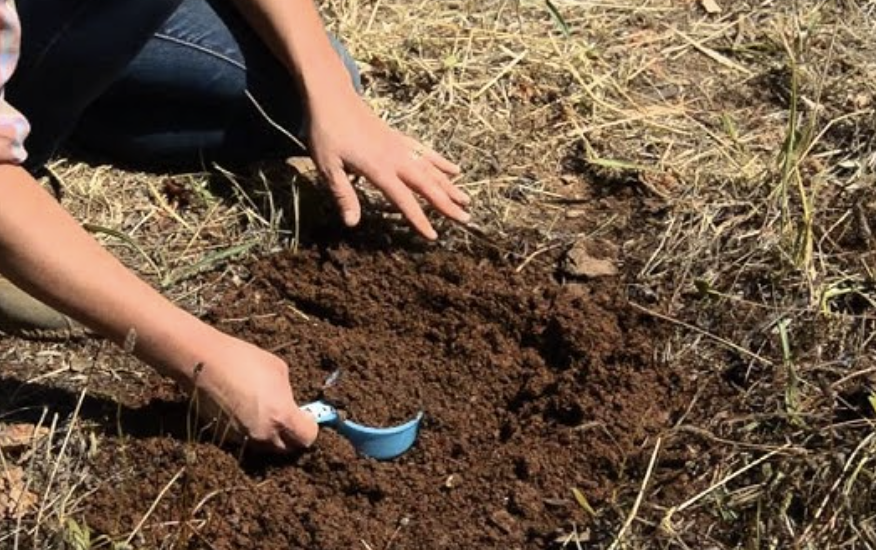
When Timing Matters: Test Before You Plant
Testing is most useful when you still have time to adjust. Here’s a simple calendar:
- Row crops & vegetables: test 4–8 weeks before planting. That gives time for lime, sulfur, or gypsum to react and for fertilizers to be placed smartly.
- Perennial beds, orchards, vineyards: test late fall to early spring; adjust pH and P/K3 before growth starts.
- Lawns/turf: test in spring or fall when renovation or feeding plans happen.
- Greenhouse & containers: test the mix or media4 before reuse and mid-season if plants fade early.
- After big changes: lime or heavy manure application, new irrigation water source, or visible salt crusts → retest in 3–6 months.
- Routine cadence: every 2–3 years in steady fields; annually for high-value crops or sandy/low-organic soils.
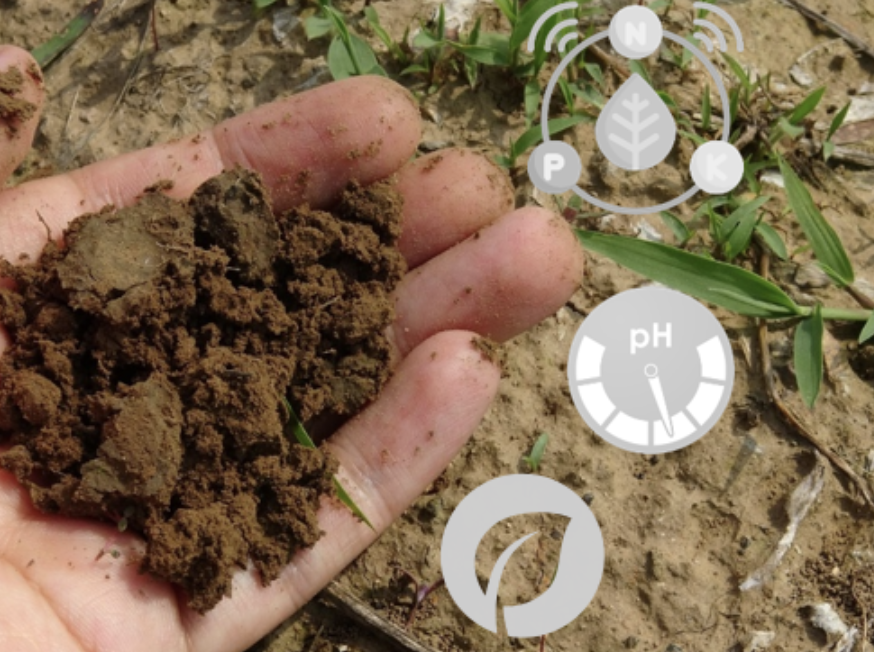
What to Test: From pH to Micronutrients
You don’t need every test under the sun. Start with the core panel; add more if your site hints at trouble.
Core panel (most farms and gardens)5
- pH (how acidic/alkaline the soil is)
- Buffer pH (how hard it is to change pH; useful for lime rates)
- EC (salts) if irrigation water is salty or fertilizer use is heavy
- Organic Matter (OM%) (holds water and nutrients; improves structure)
- P, K, Ca, Mg, S (the main fertility drivers)
- Micros as needed: Zn, Fe, Mn, Cu, B (often critical for fruiting and leafy greens)
- CEC & texture (capacity to hold nutrients; great for planning split applications)
Sampling basics6 (keep it simple, keep it honest)
- Depth: 0–6" for gardens/lawns; 0–8" (0–20 cm) for most field crops; a separate 6–12" sample for nitrate where N management is critical.
- Cores per area: 10–15 cores per zone (not per entire field). Mix in a clean bucket; send one composite per zone.
- Zones: high/low areas, different soil colors, trouble patches vs healthy sections.
- Clean tools, clean bags, clear labels. Avoid sampling right after fertilizing.

From Lab Numbers to Field Actions
The report isn’t a grade; it’s a recipe. Here’s how I translate numbers into moves you can apply this season.
1) Fix chemistry first (pH and salts)
- pH 7.5: don’t fight the entire profile—acidify the root zone with elemental S in beds or use acidified fertigation; choose EDDHA-Fe for iron chlorosis and pH-tolerant varieties.
- EC (salinity) high: improve drainage, plan leaching irrigations with good-quality water, and choose low-salt fertilizers. If SAR/ESP is high (sodicity), apply gypsum then leach.
2) Feed with precision (macros & micros)
- Phosphorus (P) low: band P near rows or root zone where cool soils limit uptake; build slowly with broadcast when budgets allow.
- Potassium (K) low: on sands/low CEC, split K to avoid loss; on heavier soils, a single pre-plant application works.
- Nitrogen (N): base on yield goal and credits (legumes/manure). Prefer split N (pre-plant + side-dress) and use stabilizers where leaching or volatilization is likely.
- Sulfur (S) & Micros: low OM or coarse soils often need S; test-driven Zn/B can make or break fruiting crops. Use chelates on high-pH soils.
3) Build resilience (organic matter, structure, water)
- Organic Matter: add compost/manure that’s tested (salts/pathogens), grow cover crops (mix grass + legume), and reduce aggressive tillage.
- Structure & compaction: controlled traffic, shallow passes when soils are friable, and deep-rooted covers (radish/rye) do more than one pass of deep tillage.
- Irrigation: let sensors—or a shovel—guide you. Water to field capacity; stop before roots sit wet.
Quick decision matrix
| Finding on Report | Fast Action | Longer Plan |
|---|---|---|
| pH 5.2, low Ca | Zone-rate lime; band P | Maintenance lime; monitor buffer pH |
| EC high, SAR high | Gypsum + leach; avoid salty ferts | Improve drainage; change water source if needed |
| Low P & K | Band P; split K on sands | Slow build with broadcast when prices favor |
| Low OM | Add tested compost; plant covers | Reduce tillage; aim +0.2–0.3% OM in 3–5 yrs |
| Uneven growth | Create zones, resample | Variable-rate lime/ferts; track response |

Simple Sampling-to-Action Workflow (copy this)
- Sketch zones you can actually manage (3–6 per field/garden).
- Sample 10–15 cores per zone, right depth, clean tools.
- Order a core panel (pH, buffer pH, EC, OM, P, K, Ca, Mg, S, Zn/B as needed; add CEC/texture if unknown).
- Read in this order: pH → salts (EC/SAR) → OM → P/K → secondaries/micros.
- Make a two-column plan: “Fix first” (pH/salts) and “Feed next” (P/K/N/S/micros).
- Apply, then mark a calendar to retest key zones next season or in 2–3 years.
FAQ in One Minute
- How often should I test? Every 2–3 years for stable soils; annually for high-value crops, sandier fields, or when you’re actively correcting pH/salts.
- How big can a zone be? As big as you can manage differently. If you wouldn’t change a rate there, it’s the same zone.
- Do I need micronutrients every year? No. Test first; correct with small, targeted doses.
- Containers/raised beds? Test the mix, not just garden soil. Media changes fast.
Bottom Line
Test before you guess. Fix pH and salts first, feed nutrients with precision, and build organic matter and structure so the improvements last. Do that on a simple, steady schedule, and your plants—and your budget—will tell you it’s working.
-
Understanding the causes of slow or uneven growth can help you diagnose soil issues and improve crop health. ↩
-
Exploring the reasons behind yellowing leaves can provide insights into nutrient deficiencies and soil pH, crucial for plant care. ↩
-
Learning to adjust pH and P/K is crucial for maximizing plant growth and productivity, ensuring your garden thrives. ↩
-
Understanding how to test your mix or media can enhance plant health and yield, making it a valuable resource for gardeners. ↩
-
Understanding the core panel components is essential for effective soil management and improving crop yields. ↩
-
Learning about sampling basics ensures accurate soil analysis, leading to better agricultural decisions and healthier crops. ↩

